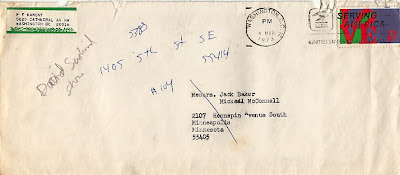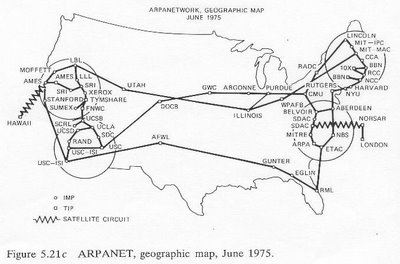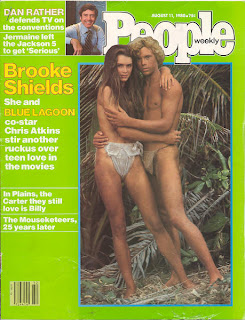
PHOTO: (click on photo to enlarge) recent newspaper headlines about the Oregon State University flap over the termination of a chemistry instructor (left) Joce Dewitt, "Chemistry instructor challenges job loss," Gazette-, OSU denies stand on climate change was factor, Times, posted July 4, 2012, p. A1, A6 and (right) Andrew Kilstrom, "Chemistry off between OSU, Drapela, Oregon State University, former chemistry professor Nicholas Drapela share their sides of dismissal," Barometer, posted July 3, 2012
This case at OSU is an example of the tradeoffs between being a research university versus a teaching university. Research funding becomes king and good teaching takes a back seat. It means that even a good non-research chemistry instructor is not exempt from the politics of acquiring research funding.
This case is being misinterpreted by conservative Republicans as being an attack on global warming skeptics. They see it as a case of standing up to liberals and college academic elitists. Even if both sides are right about this, I think it is a mistake for scientific skeptics to portray themselves as being victims, as Drapela is doing. Instead, they should be taking the personal responsibility to build other more favorable funding sources, which will sponsor research that can counter global warming advocates.
Here is my letter about this case:
Readers like me will be grateful this is not another letter about global warming. Instead, it defends the recent termination of a popular Oregon State University instructor Nick Drapela after he questioned global warming.
First, I will concede that the history of science demonstrates how often a skeptical lone wolf scientist becomes a martyr after bravely questioning religious or scientific dogma. In return, any so-called denier of "scientific facts" will usually be given individual credit and glory by society after he is proven to be right.
Iconoclasts take a calculated risk. At OSU it tragically led to the suffering of Drapela's family, as poignantly described in his own words quoted by Gordon J. Fulks and George Taylor's blog post tinyurl.com/7ykwjr4 dated June 13, 2012.
Please note that I am sympathetic to Drapela's family suffering. Also, I have no personal interest in the academic infighting over climate change.
However, as a taxpayer, I believe good teamwork is required to efficiently do world-class research with taxpayer dollars. If we hold OSU research department chairmen responsible for this, then it is only fair to let them pick their team, in a manner similar to how OSU Beaver football players and coaches are treated.
(Quoted from Thomas Kraemer, "For the good of the team," Gazette-Times, Jul. 8, 2012, p. D5)
Although I didn't address it in my letter due to space, I see this as part of the bigger issue of the tradeoffs between allowing academic freedom for exploring new ideas at universities and allowing only the type of research that will get the most funding. Perhaps, I will write some more on this idea later.
In response, people not close to academia have asked me why research has anything to do with non-research staff members, such as Drapela. Both Drapela and others think his continued employment should be determined only by his outstanding teaching record, as evidenced by his students' high praise of him.
In fact, the limited resources of OSU make it essential for their entire research team, from the contracted cleaning crew to the world famous scientists, to be pulling in the same direction. OSU researchers must team up with researchers worldwide because OSU can't do it all.
Other people ask nostalgically why OSU can't be like it was in the last Century -- a good teaching college instead of a research university where students take a back seat. The reason is because OSU has adapted to the defunding of it by the Oregon Legislature over the last few decades. OSU has predictably replaced tax dollars by seeking externally funded research programs along with increasing student enrollment and tuition.
The bad news is that good research professors are stereotypically bad teachers. The flip side is that funded research can provide students with many more educational opportunities than just a boring old classroom.
Here are some samples of the flurry of previous letters on global warming:
Some related posts and links on this issue:
- Guest post by Gordon J. Fulks, PhD (Physics), "Nick Drapela's Firing - Guest post by Gordon Fulks," to George Taylor's blog Applied Climate
- Andrew Kilstrom, "Chemistry off between OSU, Drapela
Oregon State University,former chemistry professor Nicholas Drapela share their sides of dismissal," Barometer, posted July 3, 2012
- Joce Dewitt, "Chemistry instructor challenges job loss," Gazette-, OSU denies stand on climate change was factor, Times, posted July 4, 2012, p. A1, A6
- Lysenkoism (See Wikipedia) -- "The word is derived from the centralized political control exercised over the fields of genetics and agriculture by the director of the Soviet Lenin All-Union Academy of Agricultural Sciences, Trofim Denisovich Lysenko and his followers, which began in the late 1920s and formally ended in 1964."
- Trofim Lysenko 1898-1976 (See Wikipedia)
 PHOTO: A letter Frank Kameny mailed to Jack Baker on March 4, 1973 after Frank saw Jack's appearance on the David Susskind TV show concerning the gay liberation movement. Frank tells jack about the successful efforts to repeal the sodomy law in Washington, D.C. and his plans to attend an American Psychiatric Association meeting that would later prove to be important in the decision to remove homosexuality from the official list of mental disorders. (See Jack Baker, "Letter from Frank E. Kameny Washington, D.C. (U.S.A.)," box8661.blogspot.com as posted July 16, 2012)
PHOTO: A letter Frank Kameny mailed to Jack Baker on March 4, 1973 after Frank saw Jack's appearance on the David Susskind TV show concerning the gay liberation movement. Frank tells jack about the successful efforts to repeal the sodomy law in Washington, D.C. and his plans to attend an American Psychiatric Association meeting that would later prove to be important in the decision to remove homosexuality from the official list of mental disorders. (See Jack Baker, "Letter from Frank E. Kameny Washington, D.C. (U.S.A.)," box8661.blogspot.com as posted July 16, 2012) 











